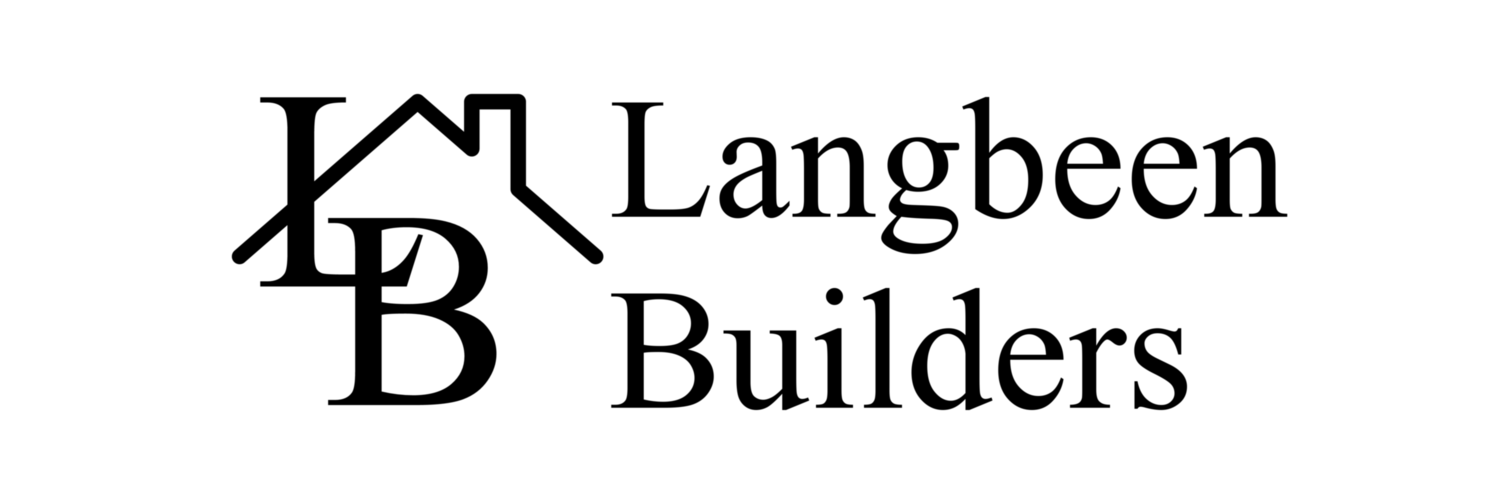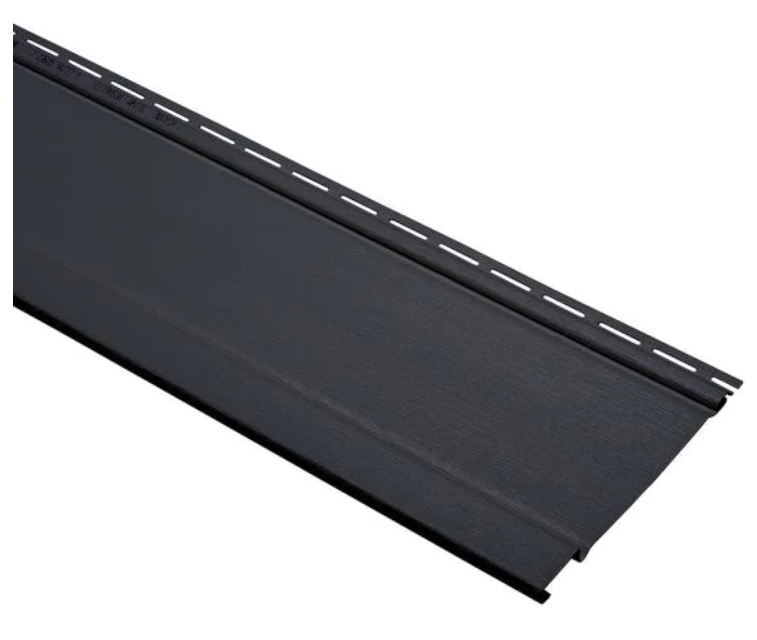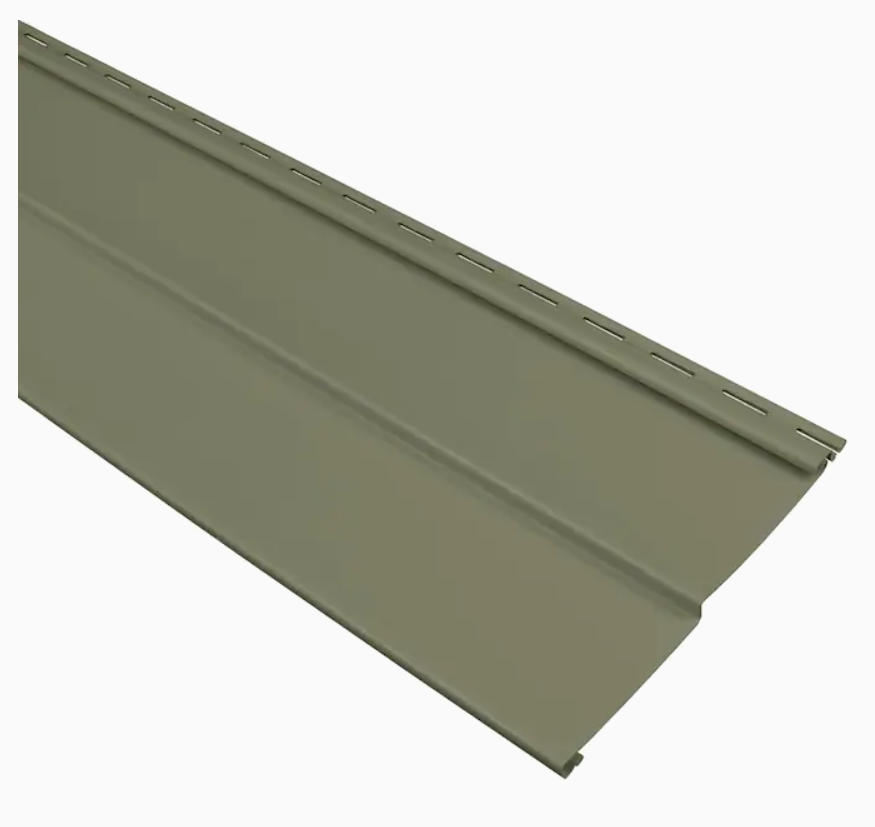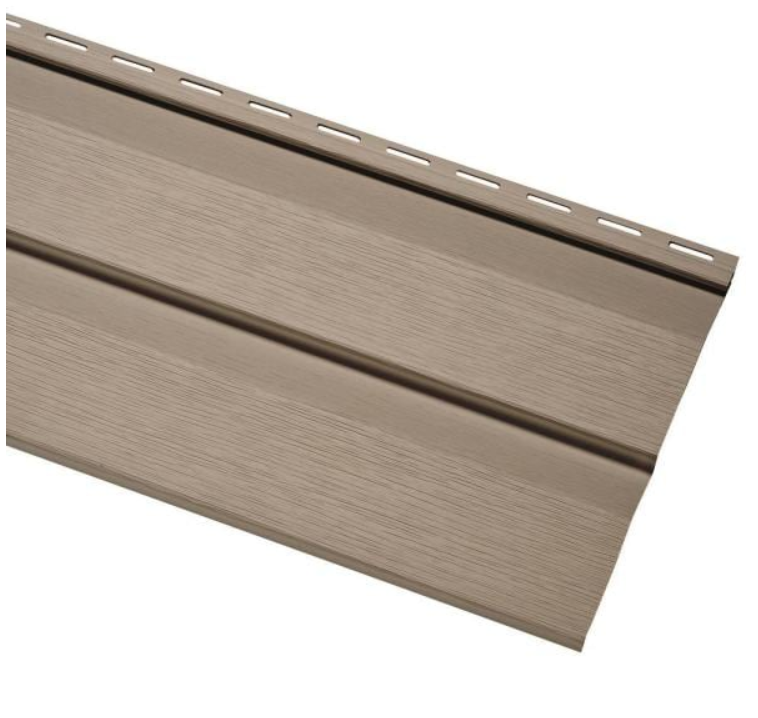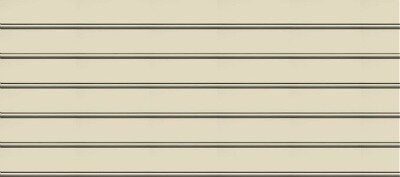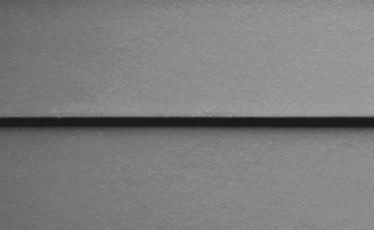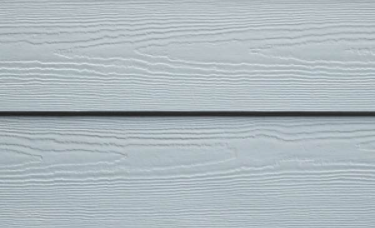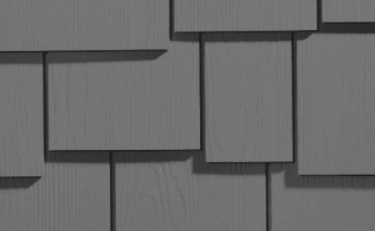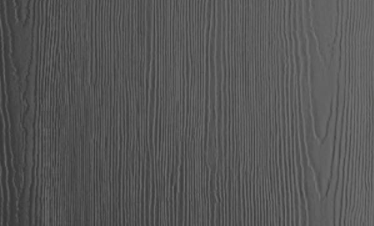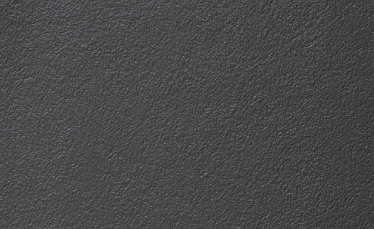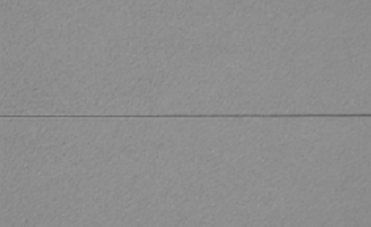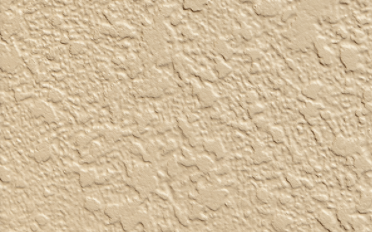CHOOSING YOUR SIDING MATERIALS: VINYL VS FIBER CEMENT
When it comes to caring for your home’s exterior, siding offers the best protection; it guards against outside elements, such as weather, noise, and pests. Common siding materials include fiber cement, vinyl, brick, stucco, aluminum, with the most popular being vinyl siding. Another widely used siding is fiber cement; some refer to it as Hardie Board or Hardie Plank as James Hardie Industries is the world’s leading producer of high-performance fiber cement solutions. Langbeen Builders offers both vinyl siding and Hardie Board siding selections for its clients. To help you decide which siding makes the most sense for your new home construction project, consider the following pros and cons of each material.
Vinyl Siding
Vinyl siding is easy and lightweight to install and requires very little maintenance. A good cleaning with a power washer every year is usually enough to keep it looking new. And, it is available in just about every color and texture to coordinate with the home’s architecture. Some of the styles available include board and batten, cedar shake, clapboard, dutch lap, and beaded board.
Pros
Virtually maintenance free; requires an annual power washing or washing with garden hose
Lightweight, easy to transport and install
Easy to repair, simply remove damaged panel and replace
Very versatile, allows better matches with architectural styles
Available in over 360 colors; does not need painting
Cons
Susceptible to cracking over time, leading to potential damage
Fire retardant, slows down the spread of flames; is not fire resistant
Vulnerable to melting caused by flames, grills, and solar heat reflected off Low-E windows
Manufactured of PVC, does not degrade in landfills
Prone to fading; shows age in 10-15 years
Fiber Cement
Fiber cement is a man-made material using wood fibers, clay, sand, and cement. It imitates the look of wood, yet is more durable than wood. It is available in a variety of styles and options to match virtually any style home. James Hardie Industries offers lap, shingles, vertical, and panel fiber cement siding options.
Pros
Termite proof and fire resistant
Resilient to extreme temperatures and weather conditions
Natural looking product, provides a wood grain texture
Green choice, has no impact on landfill waste
Cons
Increased transportation and installation costs
Planks need painting, adding $6,000 to $10,000 of cost
Occasional painting and re-caulking every five years
Hard to repair, planks are not easily removed
Planks cut on site, creating dusty working environment
Even after reviewing the characteristics of vinyl vs fiber cement siding, you should always look at the cost for each material and decide which one fits your budget. To provide a high-level overview of siding costs, the following chart from HomeGuide.com details the average material and labor costs for each siding type.
